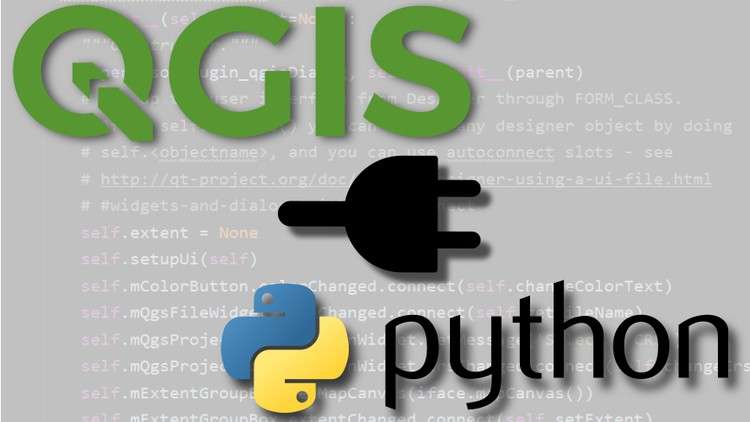
Customize and expand the functionality of QGIS
What you will learn
Develop a Python Plugin for QGIS
Why take this course?
**Course Instructor: Konrad Hafen** 🏫
—
### 🚀 What You’ll Learn
– **Understanding the Basics**: Get familiar with the QGIS Python API and its capabilities. Discover how to interact with QGIS data models and perform spatial analysis.
– **Plugin Development**: Learn the steps required to develop a plugin from scratch, including setting up your development environment, writing the code, and testing your application.
– **UI Design**: Create intuitive user interfaces that enhance user interaction with QGIS. Understand the principles of good UI design and how to implement them in Python.
– **Automating Tasks**: Automate repetitive tasks within QGIS and streamline workflows for both you and your colleagues.
– **Sharing Your Creation**: Package your plugin for distribution. Learn how to share your custom solution with the community by uploading it to the QGIS Plugin Repository.
### 🔍 Course Structure Overview
1. **Introduction to QGIS and its Python API**
– Understanding QGIS architecture
– Overview of the QGIS Python API
– Setting up your development environment
2. **Creating Your First Plugin**
– Project setup with `qgis.core` and `PyQt` or `PySide`
– Basic plugin structure and layout
– Writing code to interact with the QGIS canvas
3. **Developing a User Interface (UI)**
– Designing custom UI components for your plugin
– Signals and slots in PyQt/PySide
– Handling user interactions and data inputs
4. **Advanced Plugin Functionality**
– Accessing and manipulating QGIS data models
– Performing spatial analyses with PyQGIS
– Enhancing your plugin with advanced features like geoprocessing tools
5. **Testing and Debugging Your Plugin**
– Writing tests for your code
– Using debuggers and troubleshooting common issues
6. **Packaging, Distributing, and Sharing Your Plugin**
– Preparing your plugin for distribution
– Uploading to the QGIS Plugin Repository
– Best practices for documentation and version control
### 🎓 Why Take This Course?
– **Enhance Your Skills**: Stand out in the GIS community by adding Python plugin development to your skillset.
– **Improve Efficiency**: Automate tasks and streamline workflows, saving you time and effort on future projects.
– **Contribute to Open Source**: Share your plugins with the world, contributing to the ever-growing QGIS ecosystem.
– **Career Advancement**: Expand your career opportunities by becoming a valuable asset in fields that rely on customized GIS solutions.
### 📅 Course Schedule and Format
– **Duration**: Learn at your own pace, with flexible course materials and resources.
– **Format**: Engage with a combination of video lectures, reading materials, practical exercises, and interactive quizzes.
– **Community**: Join a community of learners and professionals in the field of GIS and Python development.
Embark on your journey to becoming a QGIS Python plugin expert today! 🚀📊✨